









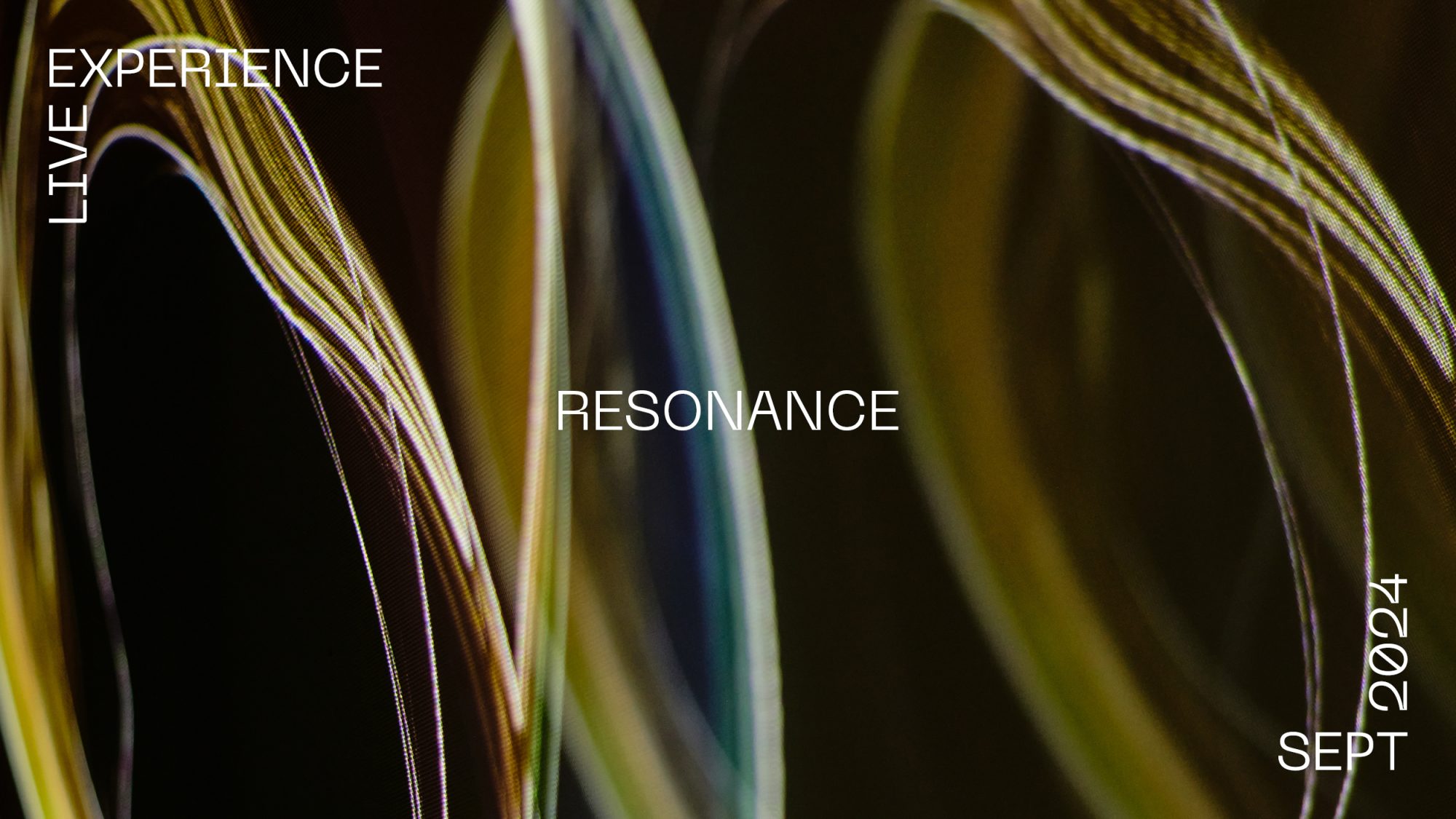
Resonance is a live audio-visual installation that celebrates neurodiversity. Visitors participate in the exhibit, each contributing their brain’s artwork to an archive of unique recordings.
When creative technologist Ali Ucer and designer Jess Adkins from M Moser’s global Brand Experience team started work on Resonance, the goal was to allow visitors to make something they could take away. A truly personalised experience.
The project was born out of a conversation on neuro-inclusive design, with the brand and strategy teams exploring “ways to acknowledge that each of our brains is beautiful, unique and different”, explains Adkins.
Asked about real-world applications, Ucer shares, “We crave deeper physical connections with the spaces around us. Technology and design can bridge this gap, enriching our experiences and bringing us closer to the world we inhabit”.
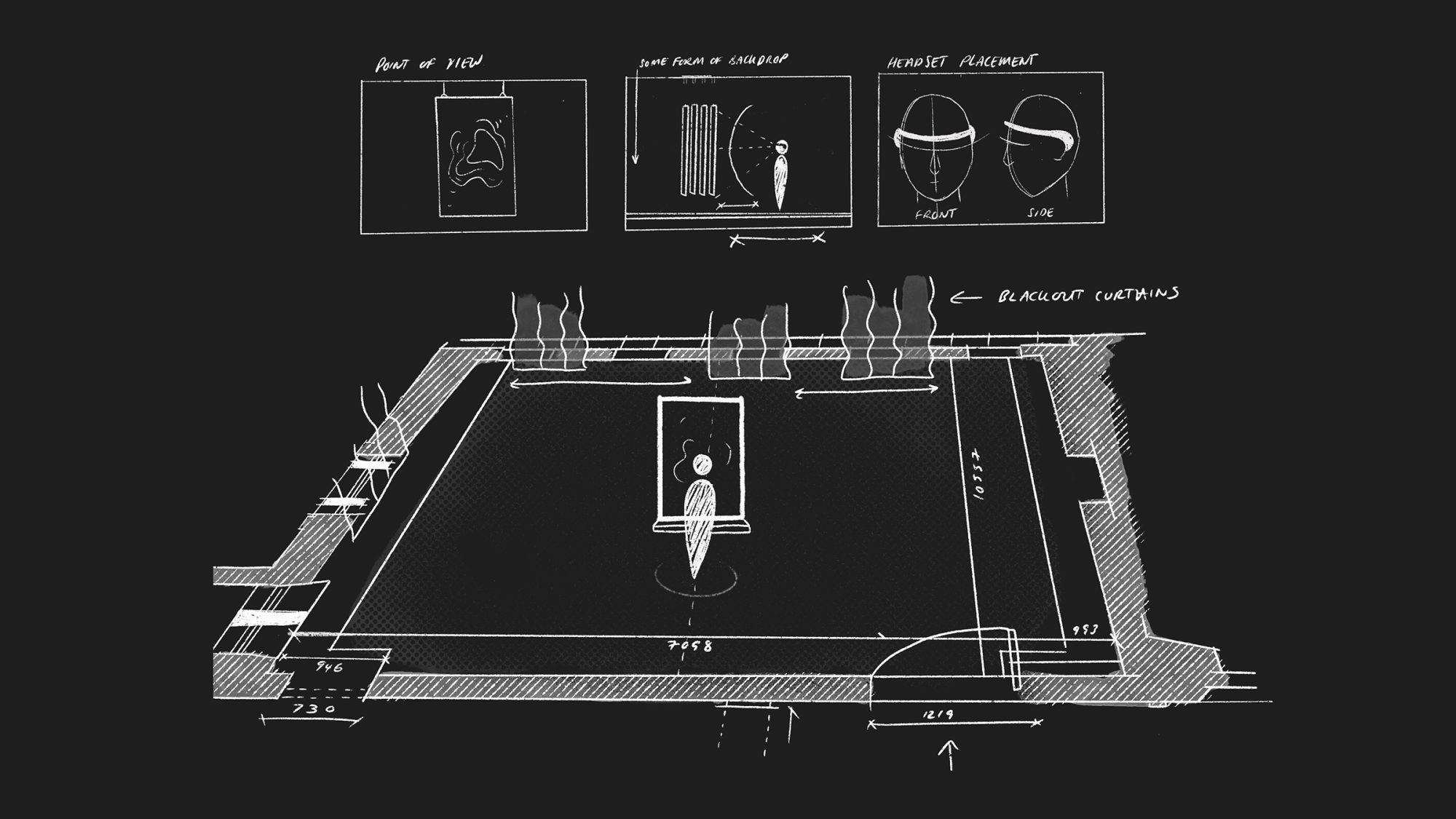 Design development sketch plan
Design development sketch plan The installation uses a wearable electroencephalogram (EEG) headset that measures electrical activity in the brain. These headsets are used in a medical setting to diagnose epilepsy, stroke and other brain conditions, but more recent consumer applications include meditation and focus training.
Realising it was possible to harness the headset’s data stream, the design team began exploring possibilities with creative code. During this process, Ucer commented “While testing Resonance on myself, I noticed something unexpected: by focusing on the real-time visualisation of my brainwaves, I gradually learned to control them”.
Going on to discuss potential roles for the technology in the built environment, Ucer says, “this made me realise that with effective biofeedback — perhaps integrated into experiential design — we might consciously use our space to alter our state of mind”.
We uncovered beauty and rhythm in our brains. Resonance reminds us that individuality is a strength and within difference lies deeper connection.
Ali Ucer, Creative Technologist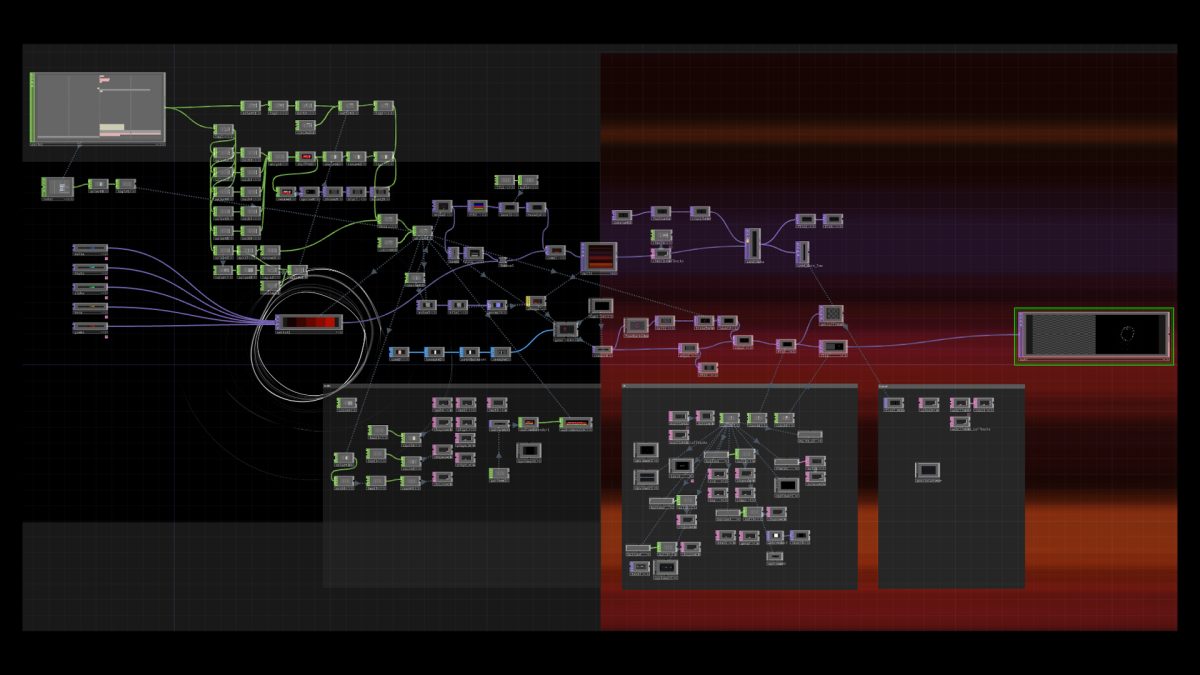 Development in Touch Designer
Development in Touch Designer 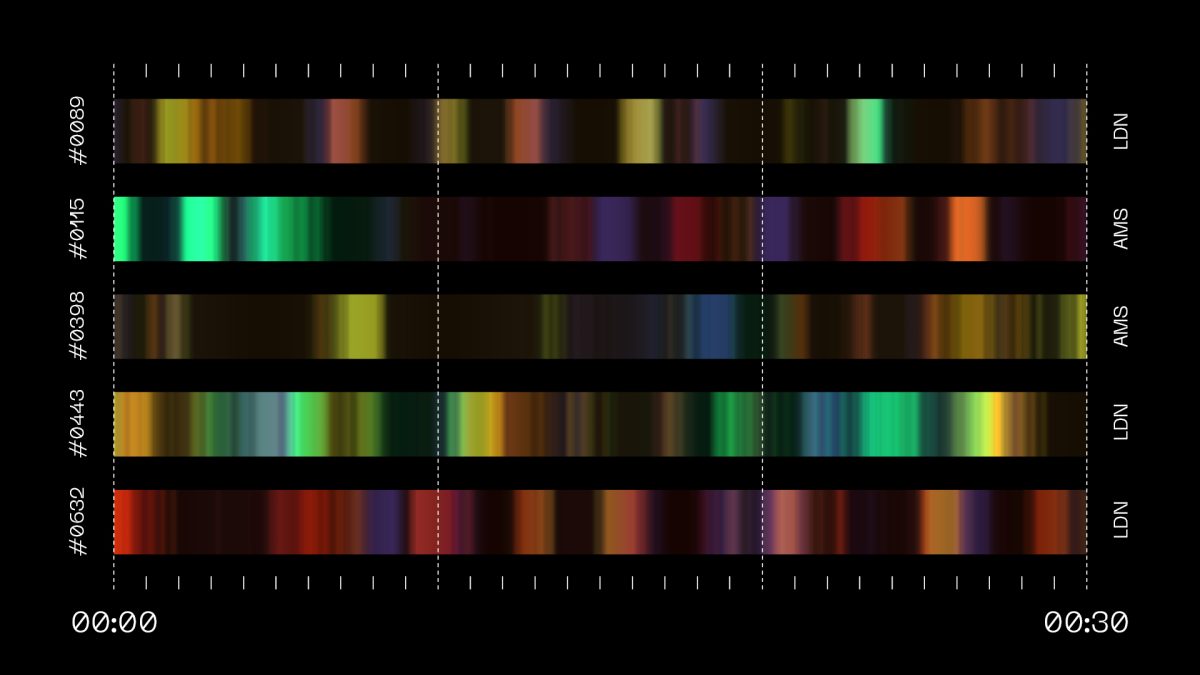 Visitor timeline comparison
Visitor timeline comparison The participant collaborates with the designer to create their Resonance. The artwork changes the environment and the person’s experience changes with it, creating a feedback loop that drives the experience.
The five frequencies are fed live into Touch Designer, generating a unique “thought signature”.
There’s no right or wrong. Rather than interpreting a person’s state of mind, Resonance simply celebrates the diversity of response. All frequencies are present at any given time, but their prominence changes based on your thoughts:
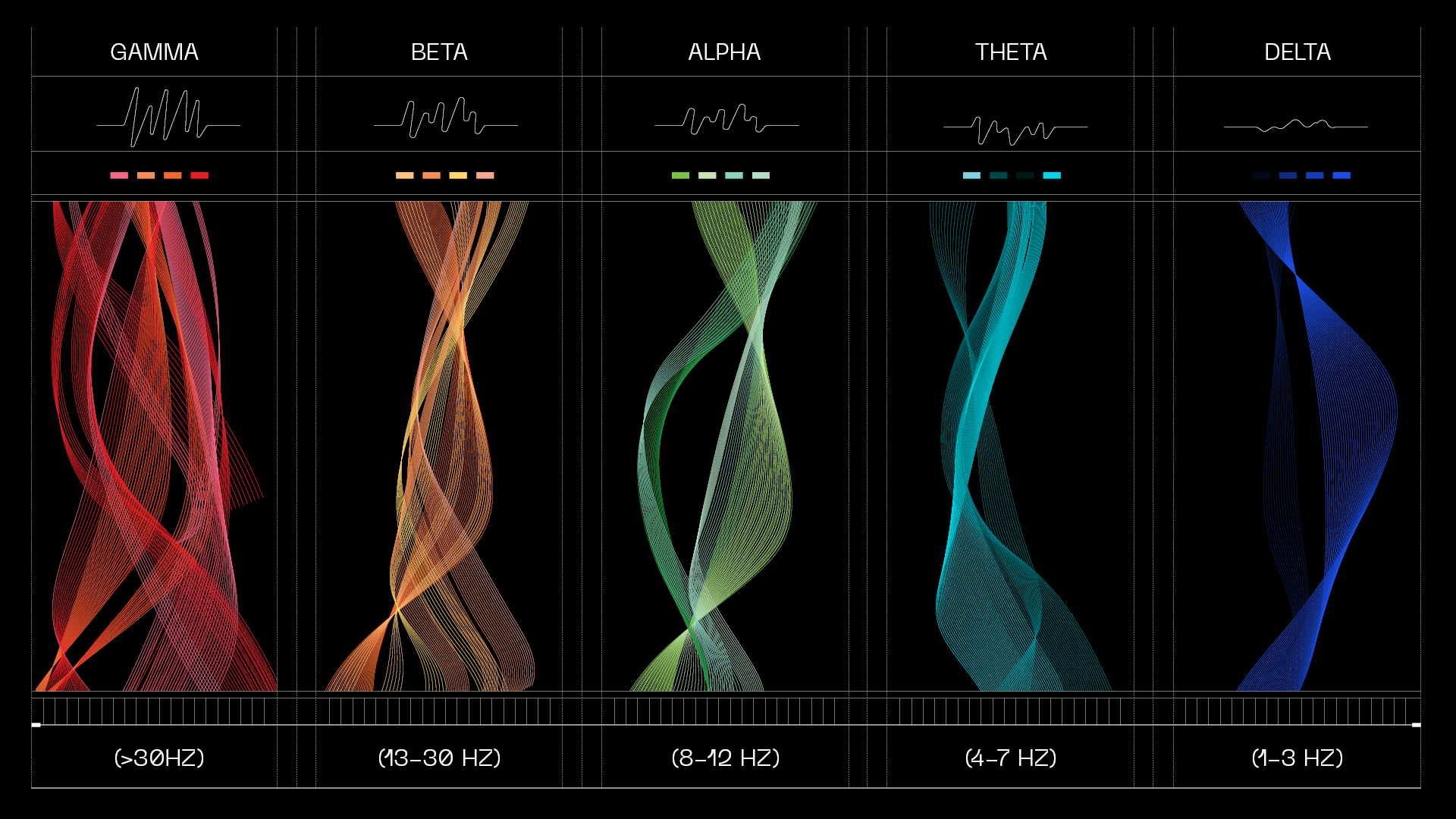
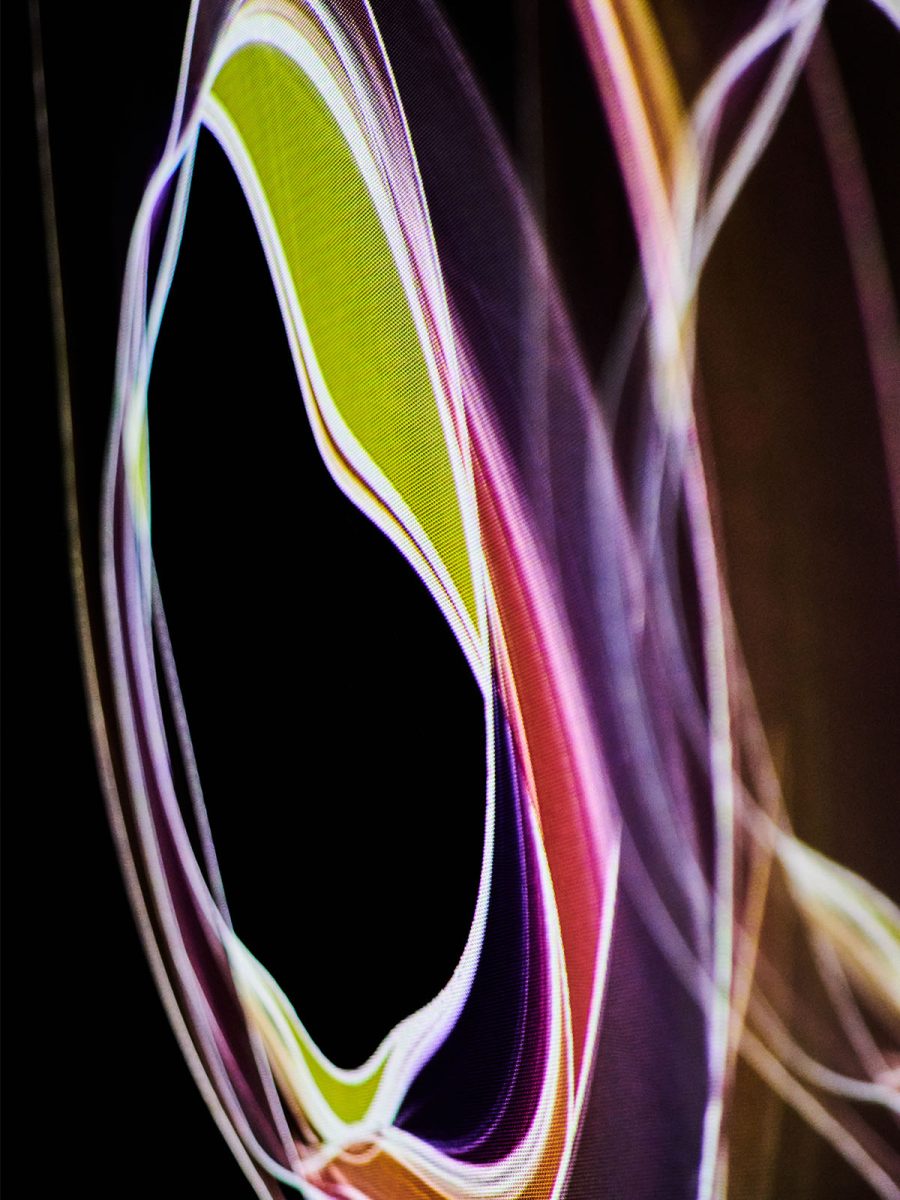 Installation details
Installation details 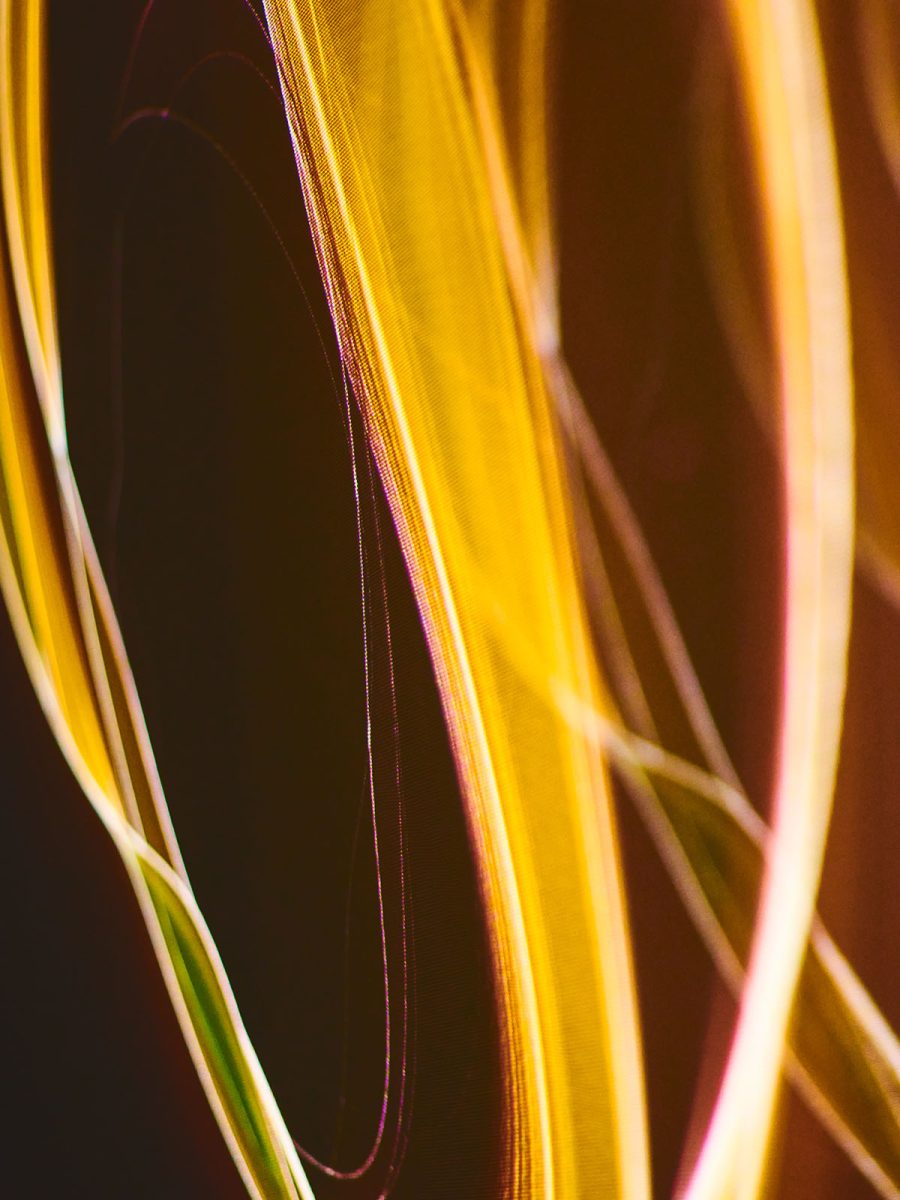
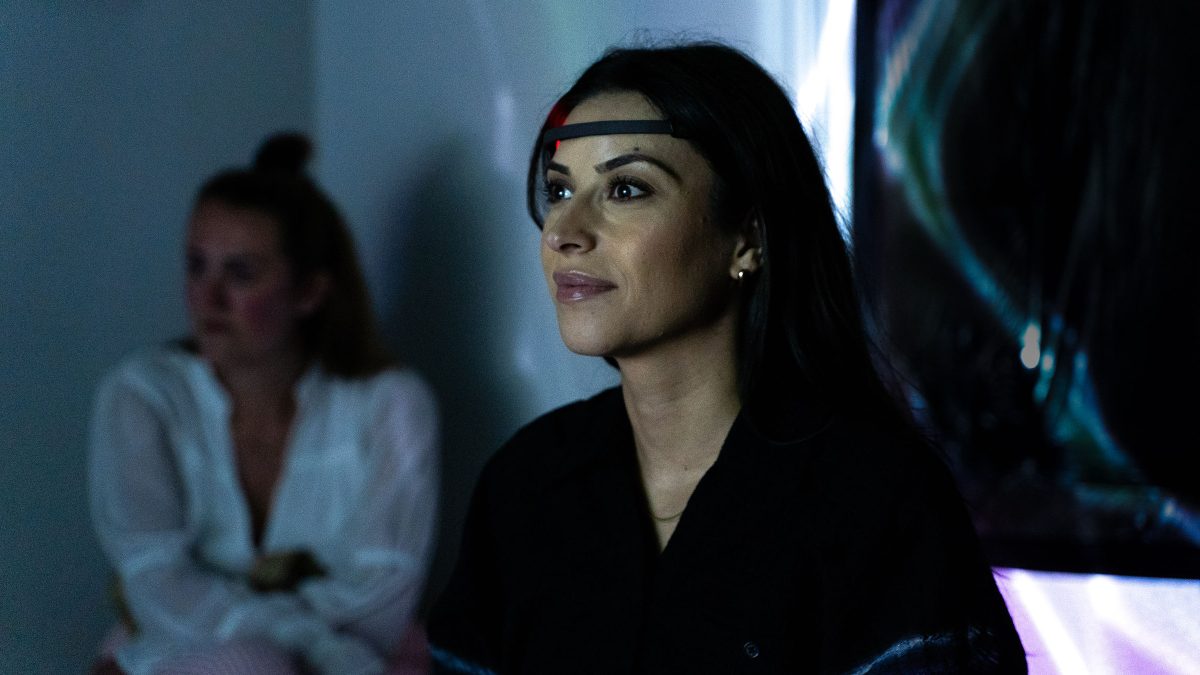
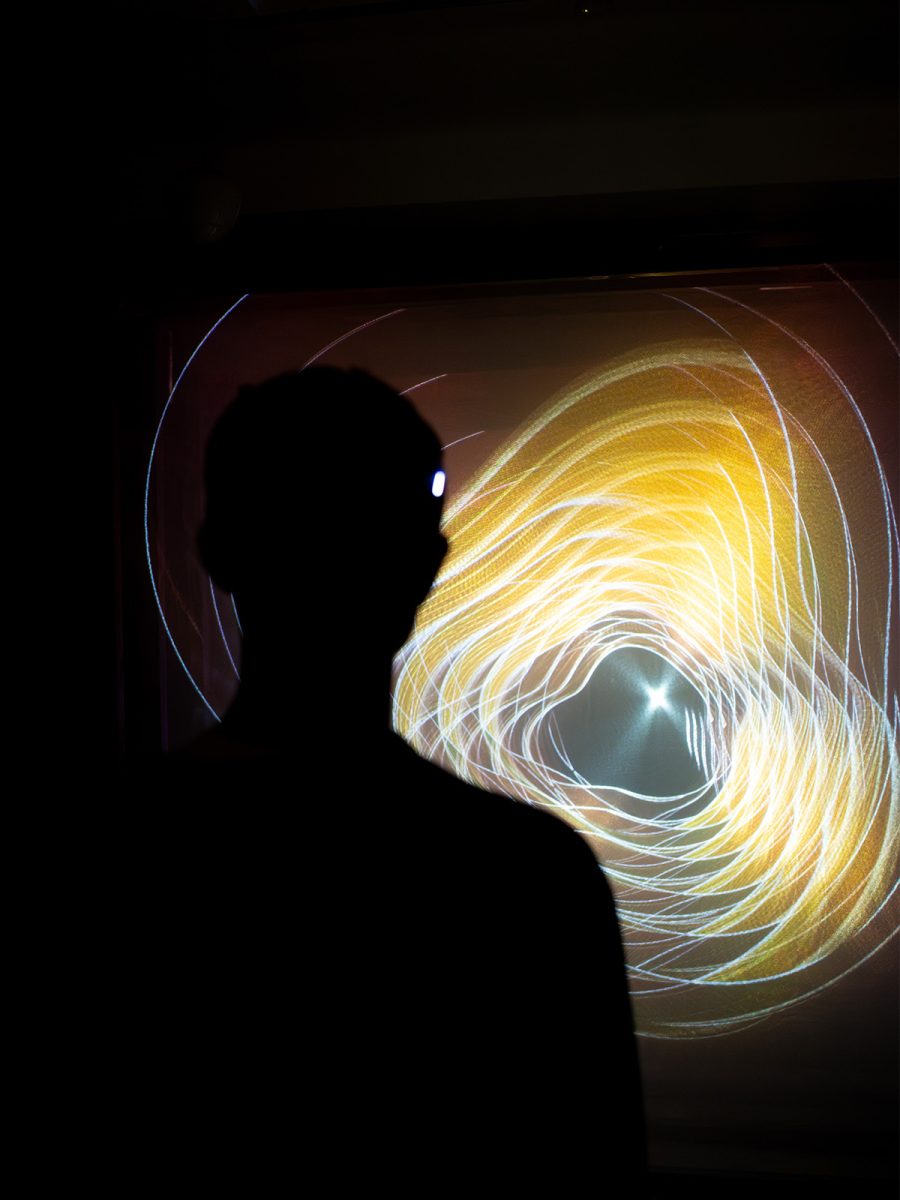
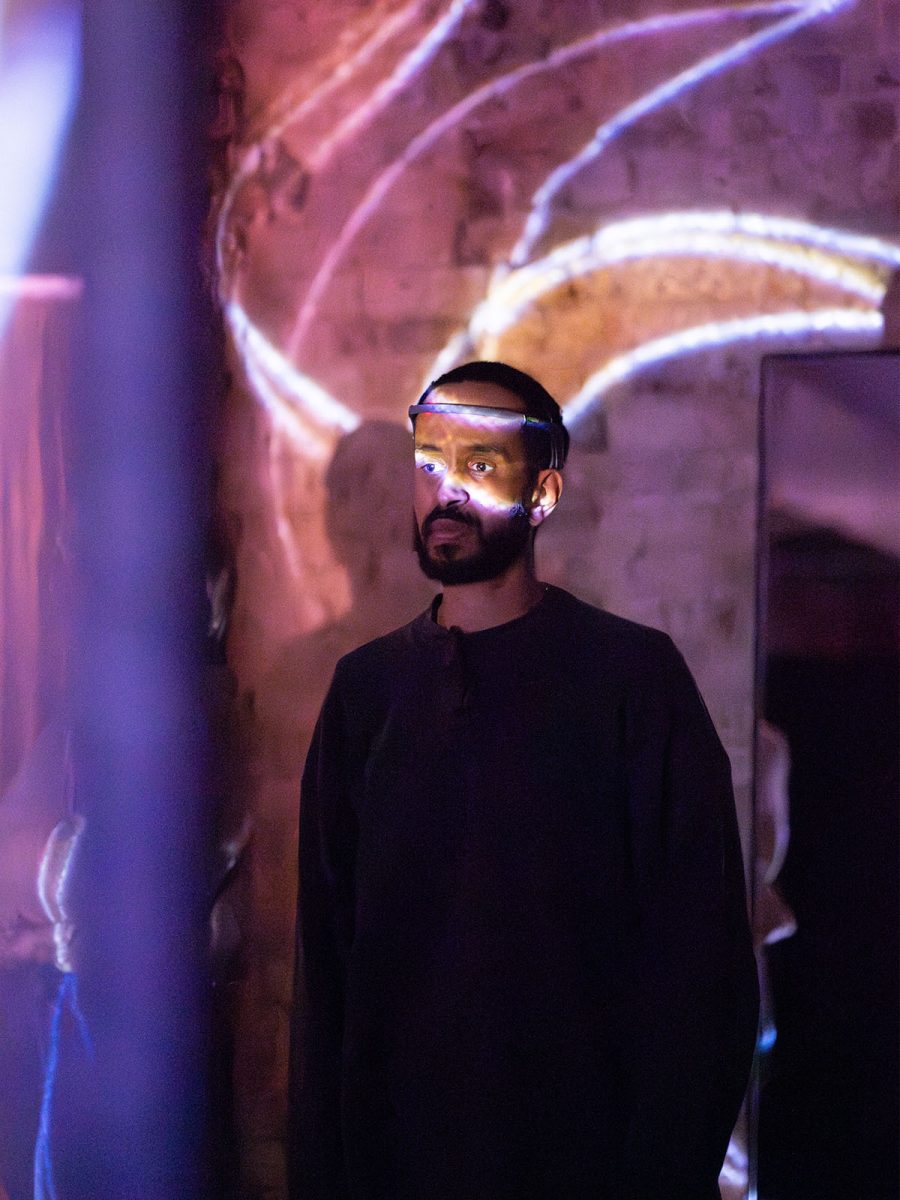
The more we understand people’s experience of their surroundings, the better we can design spaces to meet a diverse range of needs.
Frances Gain, Associate Director, Workplace Strategy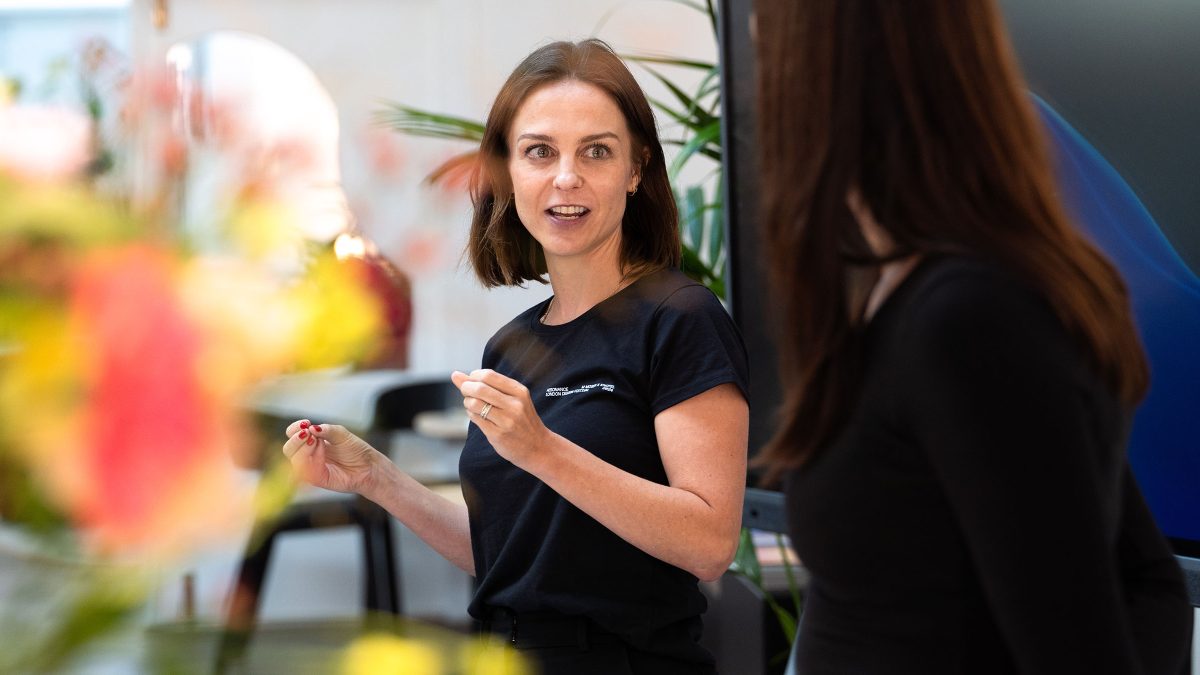 Frances Gain speaking at GLUE Amsterdam
Frances Gain speaking at GLUE Amsterdam 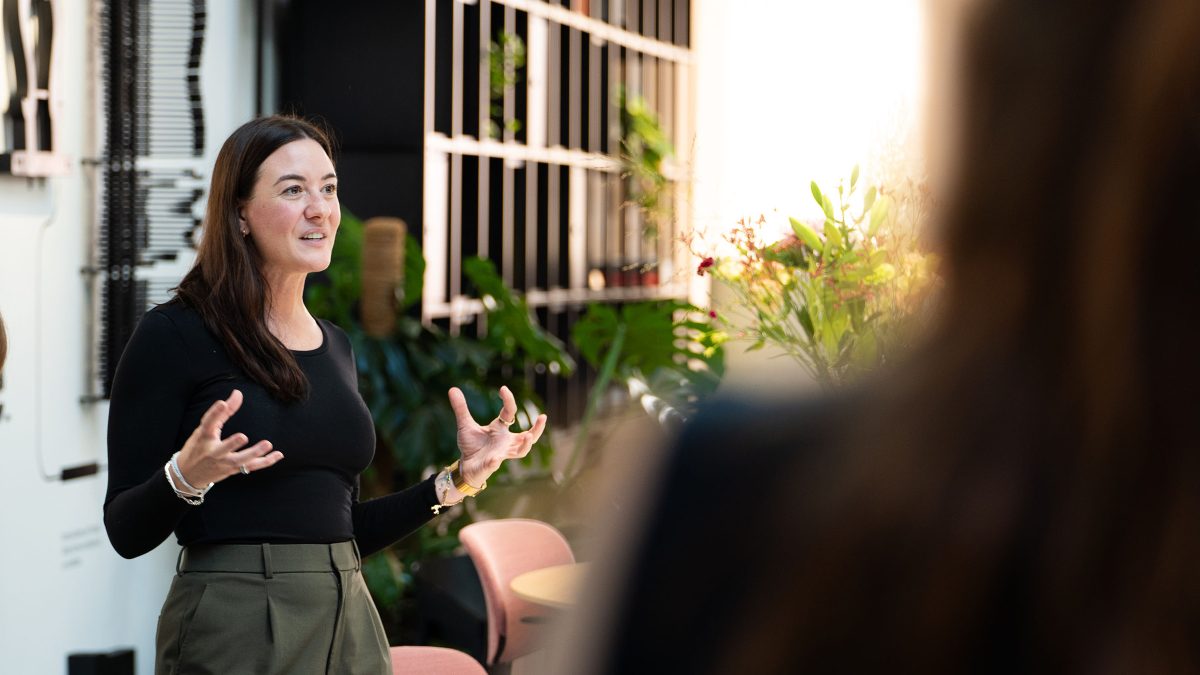 Jess Adkins speaking at GLUE Amsterdam
Jess Adkins speaking at GLUE Amsterdam 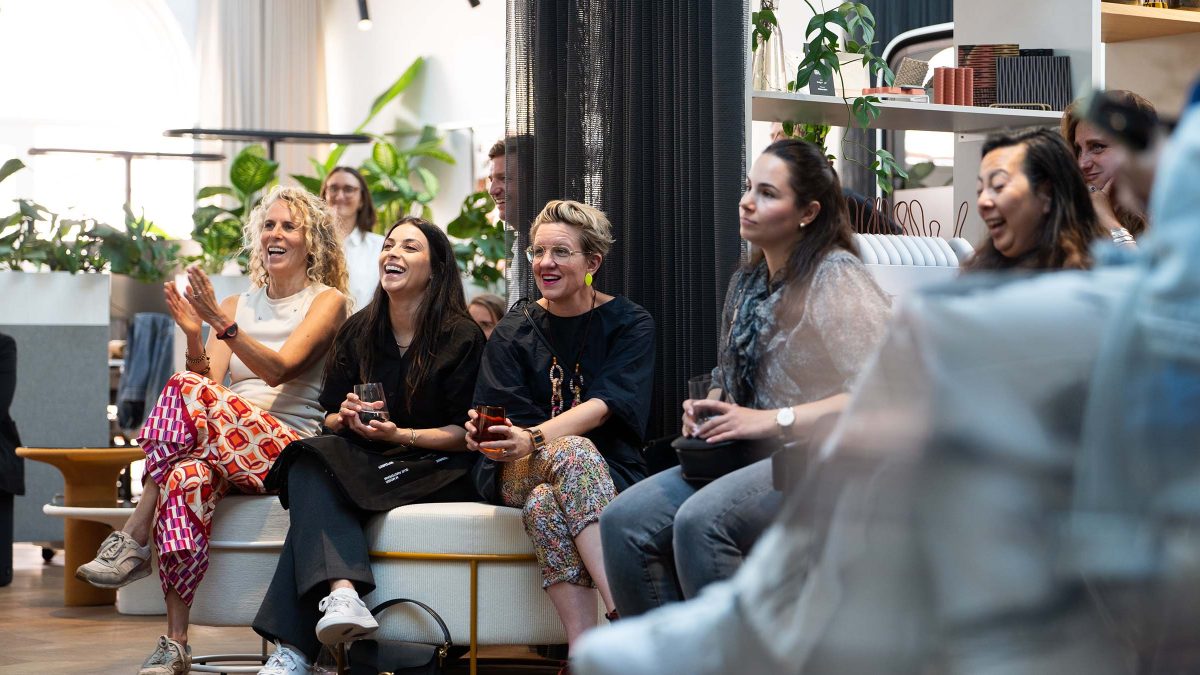
Having delivered over 600 experiences to an overwhelmingly positive reception, the team aims to expand the concept beyond audio-visual to explore other sensory experiences and environmental variables.
Sign up to discover where Resonance will be showcased next and learn more about how M Moser integrates neuro-inclusive design into its practice.
Contact us to explore a collaboration or bring Resonance to your next event.
Associate Director, Global Marketing Communications